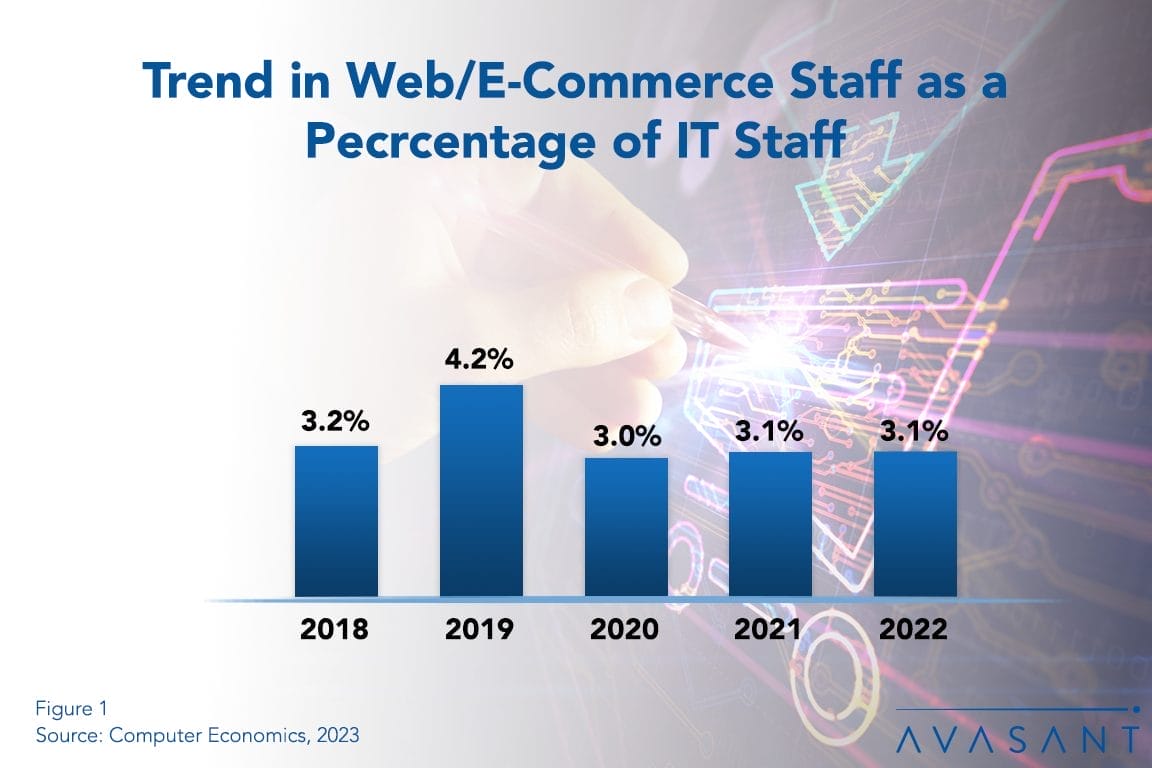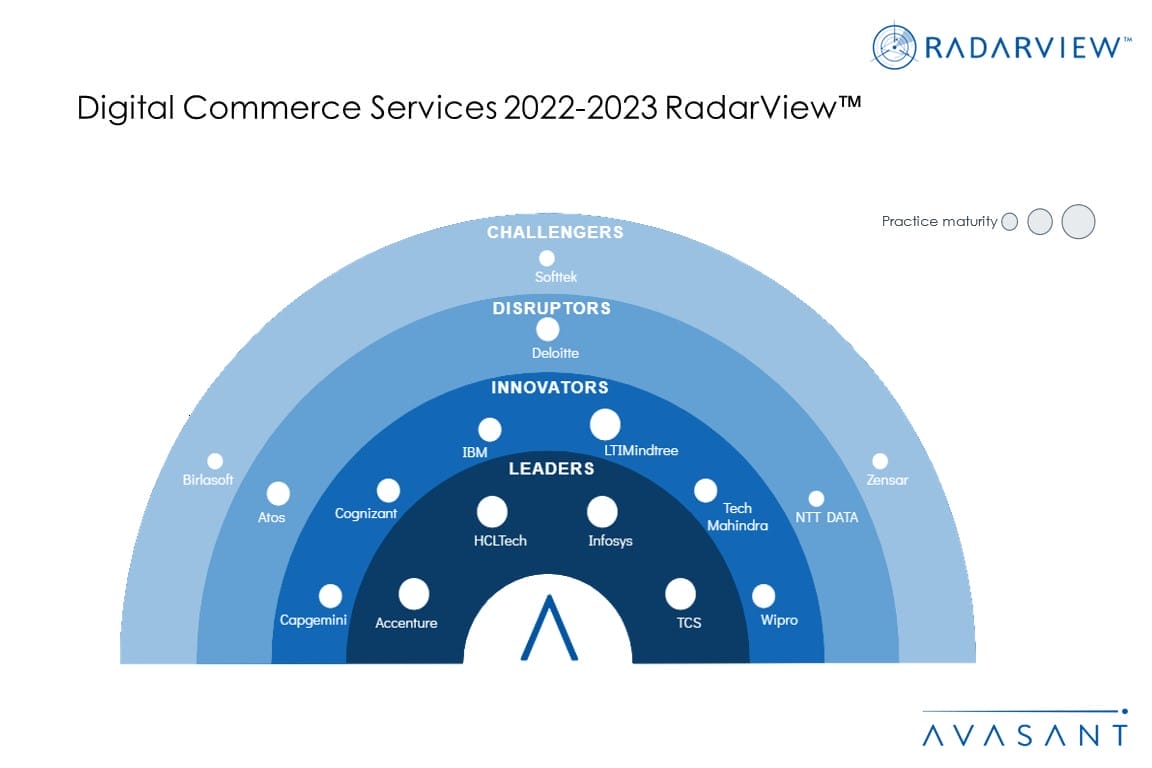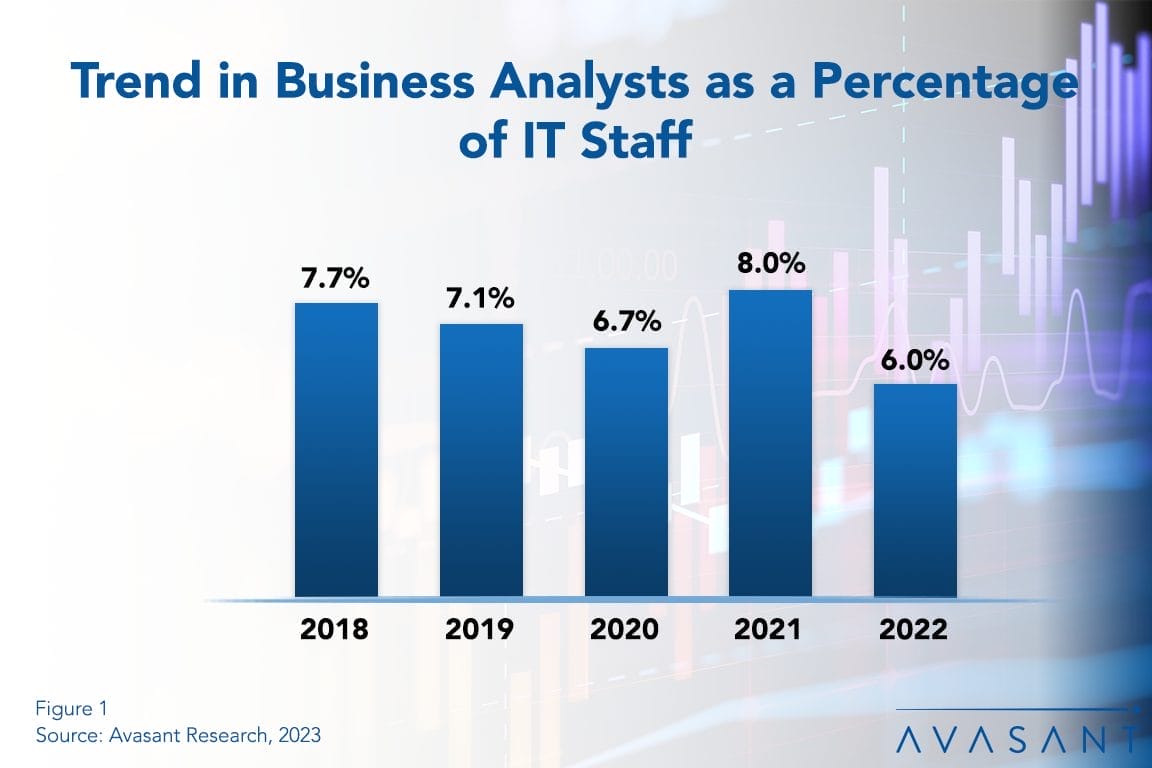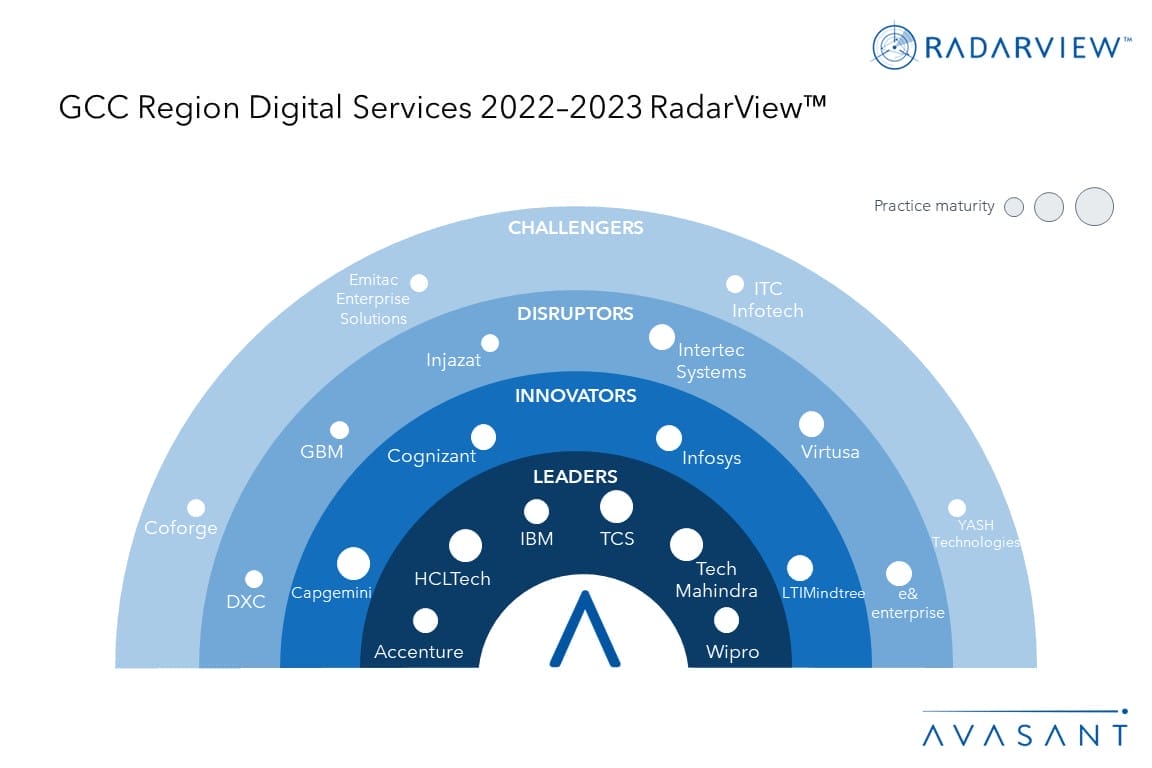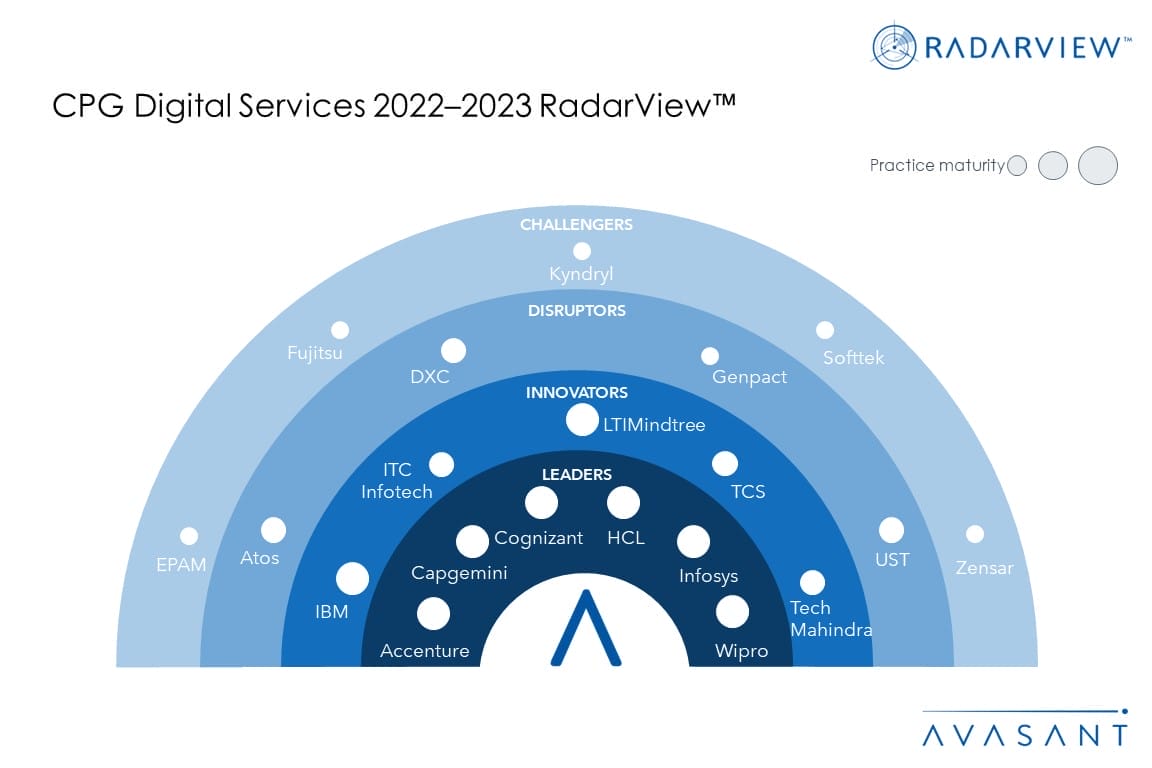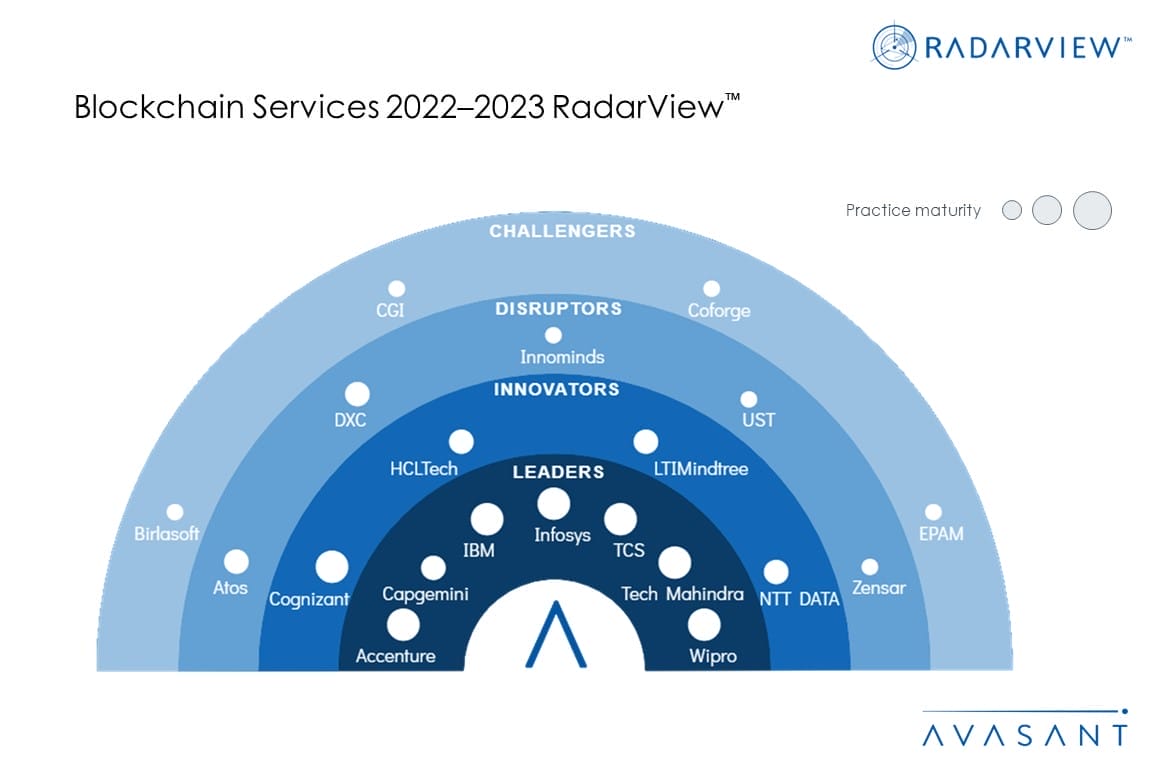Latest Reports
-
![IT Spending Rising Despite Recession Fears Worldwide IT Spending RB - IT Spending Rising Despite Recession Fears]()
IT Spending Rising Despite Recession Fears
Despite most of our survey respondents agreeing that the economy will be worse in 2023 than in 2022, they also report IT spending increases that are broad and strong. How can this be? It is because business leaders no longer see IT as a cost center but as a strategic driver of growth. As a result, they are giving their IT departments greater resources to help plan for a possible coming recession rather than asking them to tighten their belts. This Research Byte summarizes the full study.
February, 2023
-
![Best Practices in Adopting a Shared Services Model sourcing - Best Practices in Adopting a Shared Services Model]()
Best Practices in Adopting a Shared Services Model
In their endeavors to become high performing organizations, businesses are pushing all innovation frontiers to do more with less and achieve excellence even in these times of curtailed budgets. Shared services is one such definitive innovative model that many organizations have adopted to beat the ever growing challenges of seamless service delivery, consolidation of distributed accountabilities, progressive efficiency improvements, and fiscal pressures.
August, 2013
-
![E-commerce Staffing Flat Despite Growth of Omnichannel Web E Commerce Staffing Ratios - E-commerce Staffing Flat Despite Growth of Omnichannel]()
E-commerce Staffing Flat Despite Growth of Omnichannel
Social media, mobile devices, multimedia, and even the prospects of the metaverse, are increasing the ways customers and suppliers interact. The omnichannel experience will pressure organizations to build larger web and e-commerce footprints. With that increasing pressure, we expect web/e-commerce staffing to also increase. This Research Byte summarizes the five-year trend in web/e-commerce staffing ratios.
February, 2023
-
![Digital Commerce: Enabling Personalization at Scale MoneyShot Digital Commerce Services 2022 2023 RadarView - Digital Commerce: Enabling Personalization at Scale]()
Digital Commerce: Enabling Personalization at Scale
Digital commerce remains attractive to consumers due in a large part to the growth of digital channels and improvements in payment and service delivery. Enterprises would like to expand that success to B2B. For both B2C and B2B customers, personalization has become a major differentiator, and service providers are helping enterprises deploy integrated digital commerce solutions. This resulted in an increase of 31% in service providers’ revenue for digital commerce services in 2021–2022. These emerging trends are covered in Avasant’s Digital Commerce Services 2022–2023 RadarView™.
February, 2023
-
![Acumatica Gains from Citizen Developers but Challenges Remain ERP RB image - Acumatica Gains from Citizen Developers but Challenges Remain]()
Acumatica Gains from Citizen Developers but Challenges Remain
ERP vendors are increasingly allowing their customers to create applications or make changes to a wide variety of applications and workflows with just a few steps. These low-code/no-code platforms allow regular ERP users to become power users. This citizen-development trend is a big factor in the growth of Acumatica, the Seattle-based cloud ERP vendor.
February, 2023
-
![New Home for Business Analysts New Home for Business Analysts - New Home for Business Analysts]()
New Home for Business Analysts
The business analyst staffing ratio appears to be declining, but the role is not falling in importance. Therefore, as business users become more IT-savvy, it is only natural that business analysts would increasingly be rising up within the business rather than in the IT organization. This Research Byte summarizes our full report on business analyst staffing ratios.
February, 2023
-
![GCC Region Digital Services: Creating a Sustainable, Technology-Enabled Economy MoneyShot GCC Region Digital Services 2022–2023 RadarView - GCC Region Digital Services: Creating a Sustainable, Technology-Enabled Economy]()
GCC Region Digital Services: Creating a Sustainable, Technology-Enabled Economy
A substantive transformation program driven by digital-age technologies is underway in the Gulf Cooperation Council (GCC) region. This program of change is founded on three overarching goals: diversifying from an oil-based economy, delivering best-in-class citizen services, and becoming a global technology hub. In response to GCC ambitions, service providers are enhancing their regional leadership, developing their local talent pools in AI, ML, and cybersecurity, and establishing regional partnerships. These emerging trends are covered in Avasant’s GCC Region Digital Services 2022–2023 RadarView™.
February, 2023
-
![Leveraging Technology to Overcome Challenges in the CPG Sector MoneyShot CPG Digital Services 2022–2023 RadarView - Leveraging Technology to Overcome Challenges in the CPG Sector]()
Leveraging Technology to Overcome Challenges in the CPG Sector
CPG manufacturers have recently enjoyed boom times resulting from the increase in consumer spending since the start of the pandemic. However, they now anticipate shrinking profit margins due to higher inflation and supply chain disruptions. In response, they are investing in digital technologies to meet these challenges, collaborating with service providers for digital transformation to take advantage of their strong domain and technical experience. These emerging trends are covered in Avasant’s CPG Digital Services 2022–2023 RadarView™.
February, 2023
-
![State and local governments expediting their digital transformation MoneyShot State and Local Government Digital Services 2023–2024 RadarView - State and local governments expediting their digital transformation]()
State and local governments expediting their digital transformation
Aging infrastructure and demand for better citizen experience have put state and local governments under pressure to deliver. In addition, public safety and health support delivery issues are straining government resources, along with the increased focus on sustainability. By expediting digital transformation initiatives, governments are focusing on modernizing existing infrastructure and automating core processes to enhance service delivery. They are also investing in solutions to promote citizen experience and improve outreach to them via multiple digital channels. To maintain the right balance between controlling costs, improving government operations, and enhancing citizen services, governments are partnering with service providers to accelerate digital adoption. These trends are covered in Avasant’s new State and Local Government Digital Services 2023-2024 RadarView™ .
February, 2023
-
![Formulating Your Strategy for Digital Real Estate RB Featured Image Formulating Your Strategy for Digital Real Estate - Formulating Your Strategy for Digital Real Estate]()
Formulating Your Strategy for Digital Real Estate
Digital real estate is the virtual space inside a virtual world that is sometimes available for purchase by consumers and enterprises. For enterprises, it is the space where your customers or partners interact with each other and your brand in the metaverse.
January, 2023
-
![Blockchain in Action: Facilitating Digital Transformation Through Trust and Security MoneyShot Blockchain Services 2022–2023 - Blockchain in Action: Facilitating Digital Transformation Through Trust and Security]()
Blockchain in Action: Facilitating Digital Transformation Through Trust and Security
After a slowdown during the pandemic, the adoption of blockchain services picked up the pace again in 2022. Use cases such as tokenization, central bank digital currencies (CBDCs), non-fungible tokens (NFTs), and the metaverse saw an increase in blockchain adoption, and new use cases emerged, such as blockchain for ESG. More enterprises are moving from proof of concepts (POCs) and pilots to full-scale production and building integrated digital solutions for blockchain with a focus on enabling trust and transparency and addressing data privacy issues. The share of enterprise production-grade projects increased from 18% in 2021 to 29% in 2022. These emerging trends, and others, are covered in Avasant’s Blockchain Services 2022 –2023 RadarView™.
January, 2023
-
![The Ebb and Flow of Help Desk Staffing Trend in Help Desk Staff - The Ebb and Flow of Help Desk Staffing]()
The Ebb and Flow of Help Desk Staffing
The help desk plays an important role in the delivery of IT services to the business. However, in 2023, help desk staffing declined to a level not seen since prior to the pandemic. Businesses are adapting to new working models, which may be one factor impacting this staffing ratio. This Research Byte summarizes our full report on help desk staffing ratios.
January, 2023










